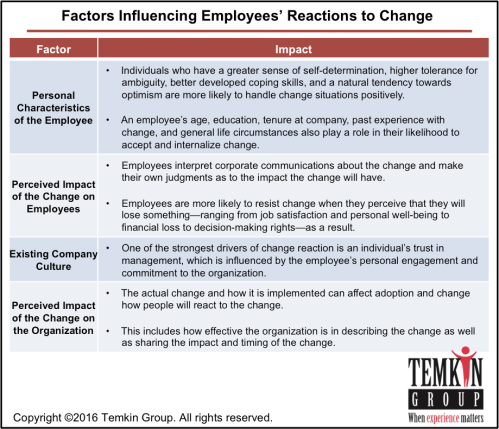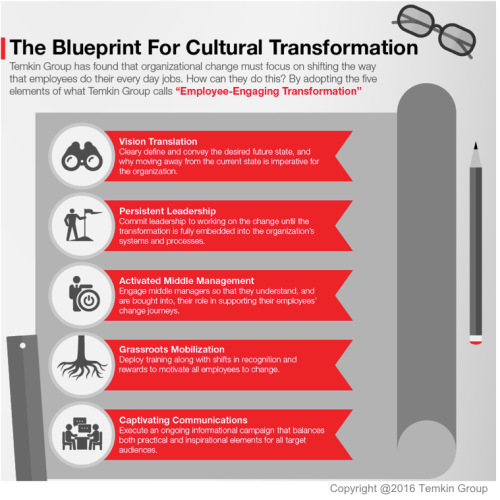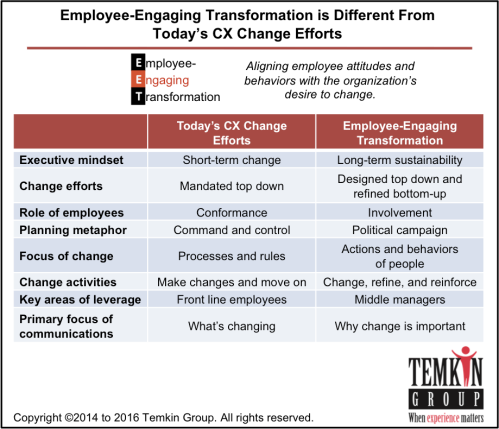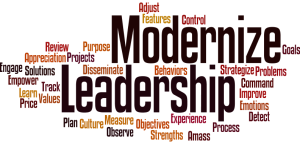 I just heard that Pete Winemiller passed away, and it hit me hard. I knew that he had been battling cancer, but I thought that he was winning the fight. How could he not? Pete was one of the most positive people that I’ve ever met. The world lost a wonderful man… and a true customer experience trailblazer.
I just heard that Pete Winemiller passed away, and it hit me hard. I knew that he had been battling cancer, but I thought that he was winning the fight. How could he not? Pete was one of the most positive people that I’ve ever met. The world lost a wonderful man… and a true customer experience trailblazer.
Pete was the Senior Vice President, Guest Relations for the NBA’s OKC Thunder. His work on customer experience focused on the people who were interacting with fans. Not just employees of the Thunder, but all of the people from all of the partners who played some role in the fan experience, including concessions, parking, ticketing, maintenance, and even the police force.
I actually was privileged to give Pete and his team two different CX awards. In 2012, the Thunder earned Temkin Group’s CX Excellence Award. When Pete heard that they had won, he immediately asked if we could provide multiple versions of the award to give to his partners. He brought his partners out during the half-time of a game to share the award with them.
In 2014, the Thunder won a CXPA.org CX Innovation Award. Pete flew in to accept the award and I gave it to him on stage. He was a big man who had a huge, warm handshake. As with all of his accolades, he wanted to share the award with all of the Thunder partners. In November of 2014, I went to OKC with my daughter to participate in the halftime ceremony (I’m on the left and Pete is next to me).

I really enjoyed that visit (you can read about it here). It was great to see Pete operate. He seemed to know the names of all the people who were working at the game. As he walked around the stadium, he was both a cheerleader and a stickler for quality. In his wake, he left a highly engaged workforce, most of whom were only part-time employees.
Pete was a great example of a purposeful leader. He operated with a clear, well articulated set of values. As a result, all of the employees who affected the fan experience delivered on the OKC Thunder’s five service principles (acronym CLICK!):
- Communicate courteously
- Listen to learn
- Initiate immediately
- Create connections
- Know your stuff
We regularly interviewed Pete as part of our research, so you will see snippets of the OKC Thunder’s efforts in may of our reports. One of the most detailed overviews of Pete’s work can be seen in our 2013 report, Lesson in CX Excellence (download for free using the code “ThanksPeteW“).
The world lost a true CX trailblazer and a great human being. I’ll miss him.
R.I.P. Pete.

 I just heard that Pete Winemiller passed away, and it hit me hard. I knew that he had been battling cancer, but I thought that he was winning the fight. How could he not? Pete was one of the most positive people that I’ve ever met. The world lost a wonderful man… and a true customer experience trailblazer.
I just heard that Pete Winemiller passed away, and it hit me hard. I knew that he had been battling cancer, but I thought that he was winning the fight. How could he not? Pete was one of the most positive people that I’ve ever met. The world lost a wonderful man… and a true customer experience trailblazer.



 I was very fortunate (as a die-hard Patriots fan) to have attended Super Bowl LI in Houston. It was the most amazing game that I’ve ever seen.
I was very fortunate (as a die-hard Patriots fan) to have attended Super Bowl LI in Houston. It was the most amazing game that I’ve ever seen. Happy
Happy 

 EET is different than typical top-down, autocratic attempts at culture change. Those efforts either just don’t work, or they create unintended negative elements in the culture.
EET is different than typical top-down, autocratic attempts at culture change. Those efforts either just don’t work, or they create unintended negative elements in the culture.




